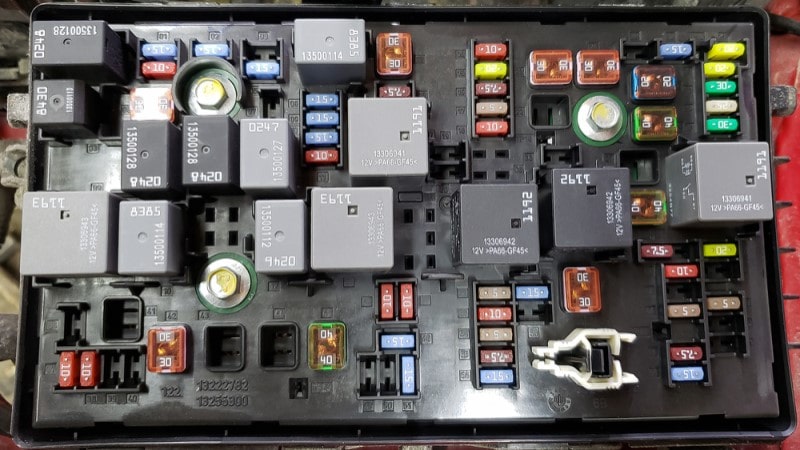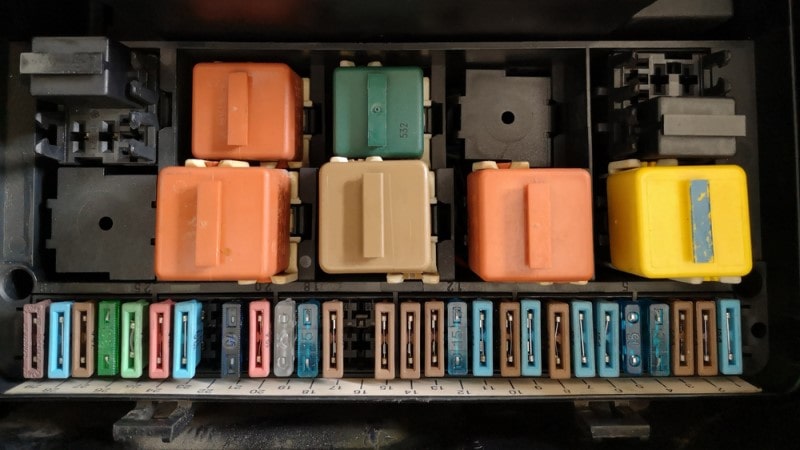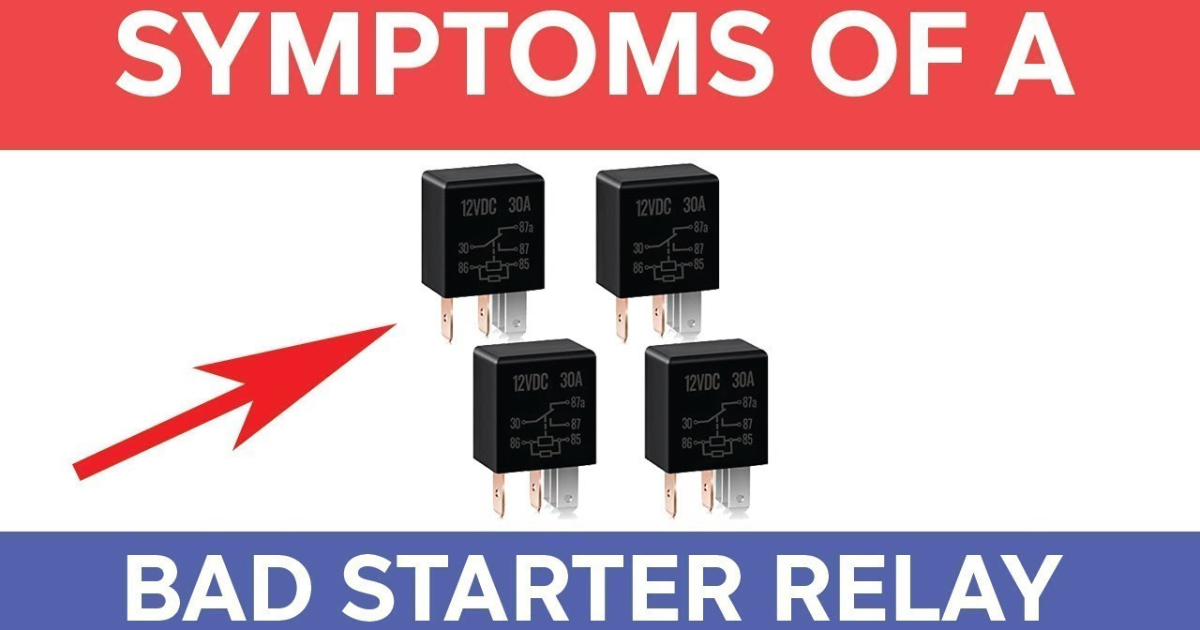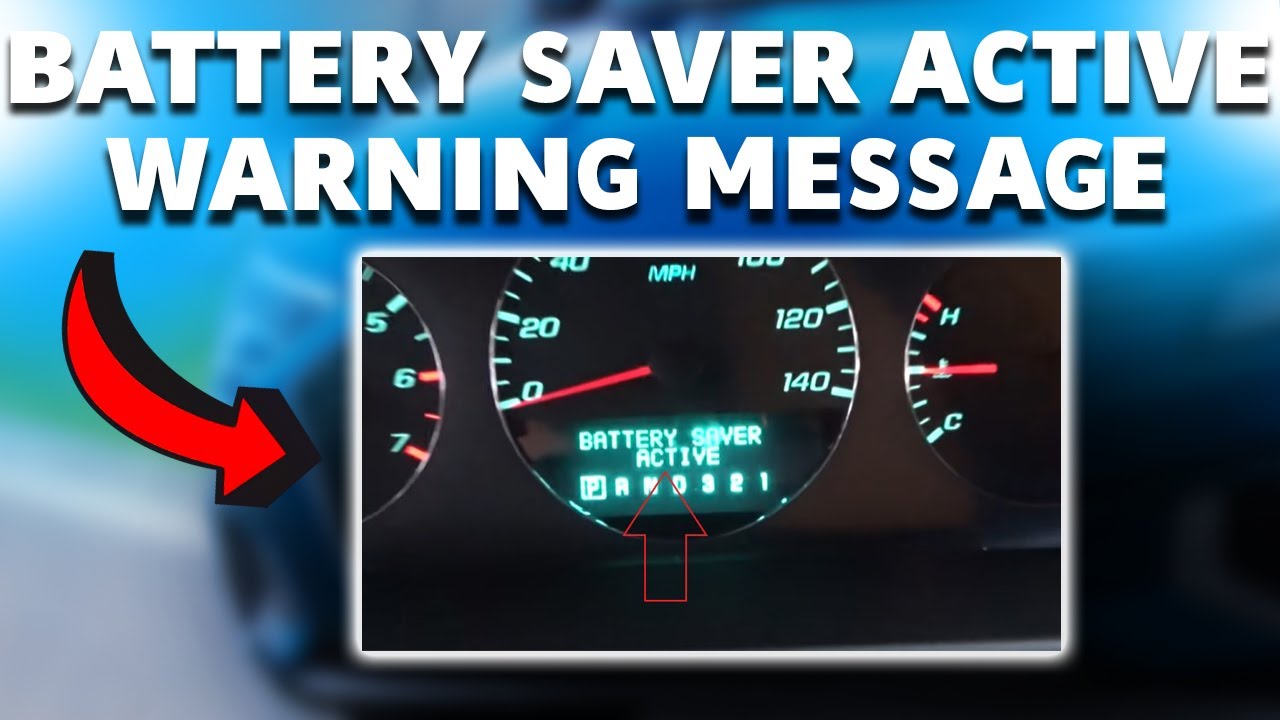Optimal engine performance and a trouble-free ride are made possible by the electrical components found in every car. A relay fuse controls or regulates some of these electrical and electronic parts.
A blown relay fuse is usually to blame when an electrical system stops working. In order for the parts that are supposed to work with them to work properly, relay switches provide signals.
How To Tell If A Relay Fuse Is Blown

If a relay fuse blows, you can check it in a few different ways. In the paragraphs that follow, we will analyze each one. First things first, though: we won’t need a multimeter to figure out how to identify a blown relay fuse.
Visual check
Look for the fuse box for the relays first. Under the hood or beneath the dashboard is where you’ll typically find this part. Next to the automobile battery is the black box. Some cars’ relays and fuses are located in the same compartment. They are located in a different area from the fuses in some vehicles.
After you’ve found the relay fuse box, have your helper turn the key to the on position while you put your hand on the relay. A clicking sound should be audible and felt by you. If the relay stops making a clicking noise, it has likely failed.
Swapping the relay
If you suspect you have a defective relay, you can also try replacing it with a working one. Yes, it’s effective; the previous relay in that position was subpar. But if that fails as well, you’ll have yet another problem on your hands. Get the connectors clean and inspect them first. If that doesn’t work, give it another shot.
Using a multimeter
The use of a multimeter simplifies the process of testing a relay. To begin, turn on the ohm setting on your multimeter. The next step is to connect the multimeter probes to the pins on the relay electromagnet coil and take readings of the resistance. A range of 50 to 120 is the recommended measurement. An electromagnet coil is not functioning properly if the result is outside of this range.
Using a car battery
Mastering the art of testing a relay using a 12v battery is also crucial. Both professional mechanics and do-it-yourself auto enthusiasts will find this information useful. A multimeter and a 12 volt battery are also needed for this.
The electromagnet coil pins can be powered by a 12-volt battery. As it shuts a switch, the electromagnet coil should make a clicking sound.
Connect the positive end of the wire to a pin on the relay. Join one terminal of the switch to ground and another to a test light. You should see the test light turn on. You can switch off the light by disconnecting the positive cable.

Conclusion
You should now be able to identify a blown relay fuse. You may effectively examine a blown relay fuse using the procedures mentioned before. If you want an effective outcome, use any of them.
Nonetheless, every do-it-yourselfer should use the visual check method. There are no instruments needed for this approach, making it the most basic guide. However, you are free to investigate any of the approaches outlined in this article provided you possess the necessary tools.




